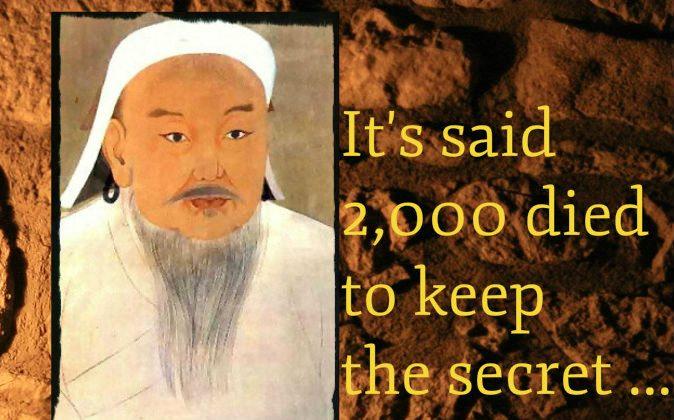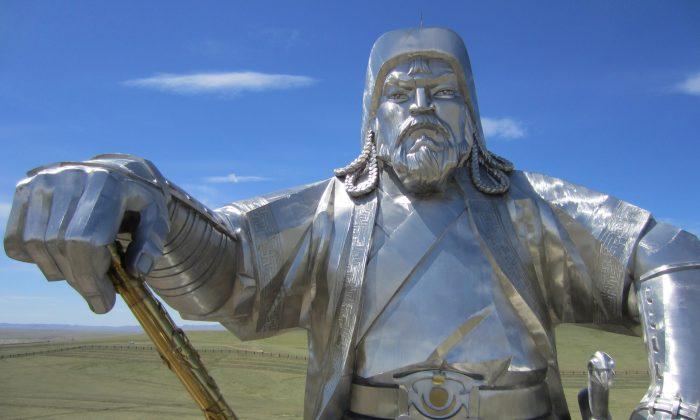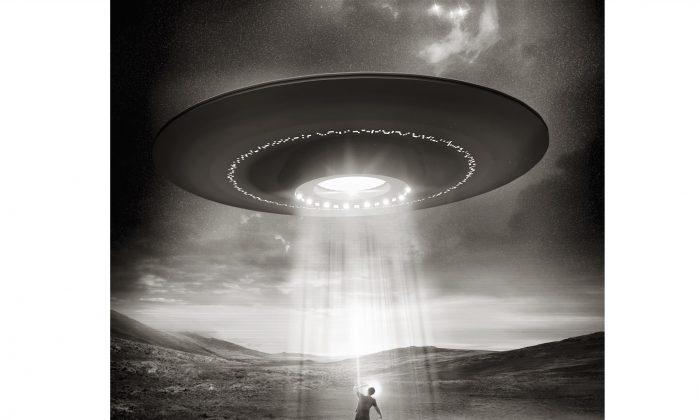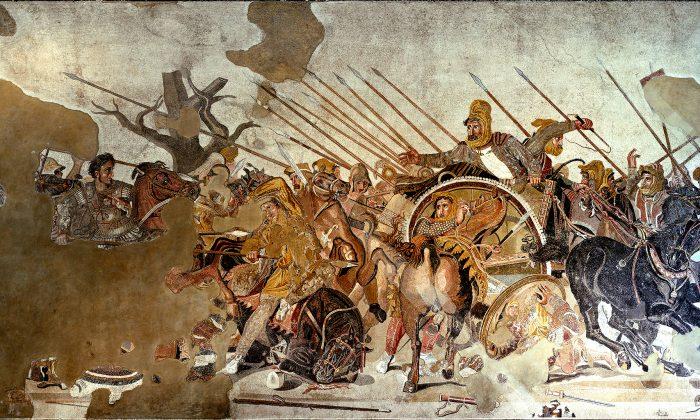Earlier this year, a magnificent find by archaeologists yielded a structure lost to time, a military stronghold used by Genghis Khan and his army as they conquered the known world. The final resting place of the great conqueror, however, remains a mystery despite intense interest from researchers worldwide.
Legend has it that all 2,000 witnesses returning from Genghis Khan’s funeral were killed to keep the resting place of the Mongolian warlord a secret. Whether this story is true or not, we may never know. But, the fact remains that after decades of searching and with millions of dollars invested in the use of all means, including modern satellite imaging technology, his final resting place is still a well-kept secret.
Temujin
Meaning “of iron,” Temujin, better known as Genghis Khan, lived up to his name as he conquered nearly all of the Eastern world during the late-12th and early-13th centuries.
Born in 1162 A.D., he would ultimately be responsible for building an empire that stretched from the Pacific Ocean to what is today Hungary in Eastern Europe. This empire was the largest the world has ever seen. Historians at the Metropolitan Museum of Art compare Genghis Khan’s influence on the Eastern world to that of Alexander the Great on the West.

In 1227, When Genghis Khan fell from his horse at the age of 65 and died, his empire did not perish. His empire was at its largest two generations later, under the reign of his grandson Kublai Khan (1260–1295). The Mongols adapted quickly from a nomadic life to those of administrators of a vast empire. Their trail of conquest was bloody, stretching through areas known today as Russia, Mongolia, China, Eastern Germany, and Japan.
Today, many Mongolians believe that to exhume a buried corpse is to destroy its soul. This presents an obstacle to the search for Genghis Khan’s tomb in some regions.
The Search
Mongolia has been relatively untouched by archaeological digging, compared to much of the Middle East, for example.
In 2001, archaeologists with the University of Chicago discovered a walled burial ground with some 60 tombs roughly 200 miles northeast of Ulan Bator, Mongolia’s capital. Though Genghis Khan’s tomb was not found among them, the discovery fueled momentum for the continued search, according to the University of Chicago News.
“It is an exciting discovery because it’s located near where some other important events occurred in Khan’s life,” said University of Chicago professor of Iranian and Central Asian history John Woods, Ph.D., according to National Geographic.
These tombs were near what is believed to be Khan’s birthplace and where he was crowned Khan of Khans and ruler of “all who live in felt tents.”
A few dozen miles away from these 60 unearthed tombs lies another burial site. Woods believed that this one may contain 100 of Genghis Khan’s soldiers who lost their lives keeping the final resting place of their great leader a secret.
Woods was assisted in the early 2000s by Chicago area attorney, historian, and Genghis Khan enthusiast Maury Kravitz, who helped raise $1.2 million from investors in order to fund expeditions over the course of four summers. Kravitz passed away in 2012 at the age of 80 due to heart complications, according to the Chicago Tribune.
The Kravitz and Woods expeditions came almost a decade after Japanese researchers spent millions looking for the lost tomb. In 1993, they were barred from searching after a poll in Ulan Bator found the project unpopular, according to NBC News.
In 2007, a joint Japanese-Mongolian research team discovered the palace of Genghis Khan. Sitting upon a grassy steppe, the remains of the palace rests 150 miles east of Ulan Bator. The head of the project was Shinpei Kato, professor emeritus at Tokyo’s Kokugakuin University.
More recently, a Japanese-Mongolian research team discovered a fortress that belonged to the Mongol leader about 550 miles west of Ulan Bator in early March this year. The site was originally a castle and was turned into a military stronghold under the reign of Khan. It was commissioned in 1212.
“We hope the discovery will be useful in ascertaining the history of the Mongolian Plateau between the 13th and 14th centuries,” said Koichi Matsuda, professor emeritus of Mongol Empire history at Osaka International University, according to International Business Times.
The hunt for Temujin’s lost tomb continues despite the setbacks and fruitless searches. In the meantime, other significant finds sprout up.
Visit the Epoch Times Beyond Science page on Facebook and subscribe to the Beyond Science newsletter to continue exploring ancient mysteries and the new frontiers of science!




